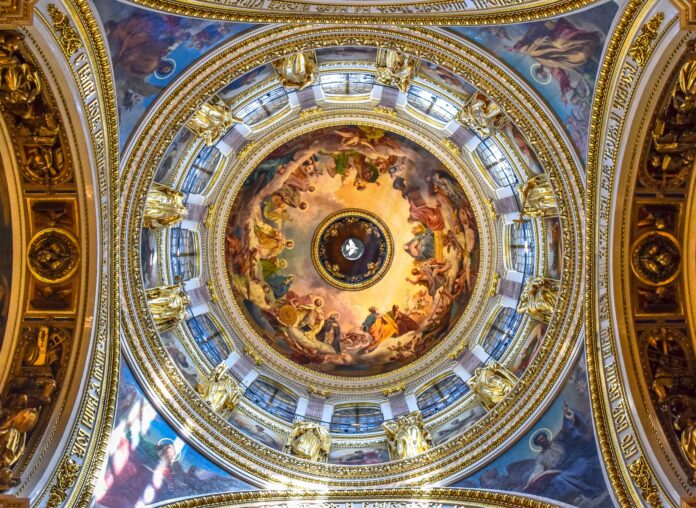Art and religion are two concepts that have been intertwined throughout history. Religious icons have played an important role in various civilizations. While spiritual art has emerged as a new form of expression in contemporary times.
In this article, we will explore the intersection of art and religion. From the historical perspective of religious icons to the emergence of contemporary spiritual art.
Historical Perspective
Religious icons have been an important part of ancient civilizations, from the Egyptian hieroglyphs to the Greek gods. However, it was during the Renaissance that Christian art emerged as a dominant force in the world of art. The Renaissance saw the emergence of great artists such as Leonardo da Vinci and Michelangelo. Who created masterpieces such as the Sistine Chapel and the Last Supper. Christian art continued to dominate throughout the Baroque period. Artists such as Caravaggio and Rubens created grandiose paintings for churches and cathedrals.
The Protestant Reformation had a significant impact on religious art. With Protestant churches rejecting the use of religious images and icons in worship. However, the Catholic Church continued to use religious art as a tool for religious education and devotion. This led to the emergence of new forms of religious art, such as the Baroque style. Which aimed to elicit emotional responses from the viewer.
In the 20th century, spiritual art emerged as a new form of expression. With artists seeking to explore spiritual themes and ideas through their work. This was partly a reaction to the increasing secularization of society and the decline of organized religion. Spiritual art movements like abstract expressionism and minimalism sought to create a sense of transcendence and awe in the viewer.
Religious Iconography
Religious iconography refers to the use of symbols and images to convey religious ideas and concepts. It has been used in various religions, including Christianity, Islam, and Buddhism. For example, in Christianity, the cross is a powerful symbol that represents the sacrifice of Jesus Christ. While in Islam, the crescent moon and star represent the Muslim faith.
Symbolism is an important aspect of religious iconography, with each symbol carrying a specific meaning or message. For example, in Christian art, the dove represents the Holy Spirit, while the lamb represents Jesus Christ.
Contemporary Spiritual Art
Contemporary spiritual art is a new form of expression that emerged in the 20th century. This form of art seeks to explore spiritual themes and ideas through various mediums, including painting, sculpture, and installation art. Contemporary spiritual art is not limited to any specific religion or belief system. And artists draw inspiration from a wide range of spiritual and philosophical traditions.
Contemporary spiritual art movements such as land art and environmental art seek to create a sense of connection between the viewer and the natural world. Other forms of contemporary spiritual art, such as performance art and video art. These aim to create immersive experiences that evoke a sense of wonder and transcendence.
Criticisms and Controversies
The intersection of art and religion has not been without its criticisms and controversies. Some critics argue that religious art reinforces religious dogma and promotes a narrow view of spirituality. Others argue that contemporary spiritual art lacks the depth and complexity of traditional religious art.
Controversies surrounding religious iconography have also emerged, with some groups arguing that certain symbols and images are offensive or inappropriate. Balancing artistic freedom and religious sensitivity is a complex issue. And artists and curators must be mindful of the potential impact of their work on different communities.
Conclusion
The intersection of art and religion is a complex and multifaceted topic that has evolved throughout history. Art and religion have had a significant impact on each other With religious icons serving as important tools for religious education and devotion. And contemporary spiritual art seeks to explore spiritual themes and ideas through new and innovative mediums. The use of religious iconography and symbolism has played an important role in the visual language of religious art. With each symbol carrying a specific meaning or message.
However, the intersection of art and religion has also been the subject of criticism and controversy. As some groups argue that certain symbols and images are inappropriate or offensive. Balancing artistic freedom and religious sensitivity is a complex issue that requires careful consideration and understanding of different perspectives.
And as always folks be sure to check out The Global Growth forum for similar thought-provoking and informative articles. And also if you would like to read articles in Hindi check out the Mojo Patrakar.









